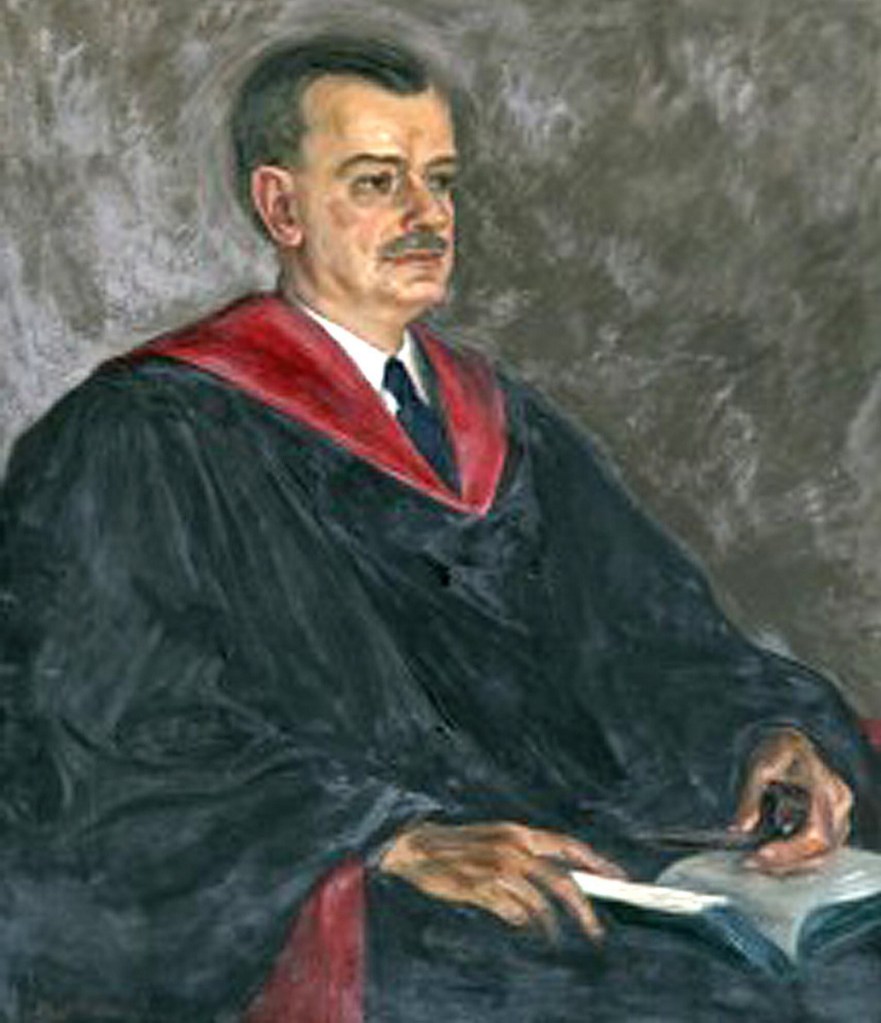There’s at least two sides to Clarence Cook Little, who served in the 1920s as president of the University of Maine. But only one of them got his name on a building.
That side is the one who came to Orono in 1922 and helped grow the university, building Memorial Gym and Field House and Stevens Hall, and starting “Freshman Week” orientation, something copied by just about every college and university today. It’s the one who returned to Maine in 1929 and founded what later became The Jackson Laboratory in Bar Harbor, a world-renowned genetics research laboratory.
But there was another side to Little, one much darker that is not represented by the building on the Orono campus that took his name. It’s the same side that last week led University of Michigan, where Little was president after leaving UMaine, to remove his name from a building there.
The University of Maine should do the same. Naming a building after someone is a celebration of that person, and an institution of higher learning should not celebrate someone like Little.
Instead, a university should, in all ways, trust students and faculty to understand the contradictions often found in figures of the past, and invite them to reflect critically on history.
The criticism of Little has to do with how he used his prestige as a scientist and university president to lend legitimacy to efforts in which science was bent in harmful, even deadly ways.
In the 1920s, he served as president of the American Eugenics Society, which promoted selective breeding to create a better human race, and sought ways to keep people with what were deemed undesirable traits from procreating.
Later, in 1954, Little lent his name and reputation to the Tobacco Industry Research Committee, where he became scientific director. The group was formed by the biggest tobacco producers to refute the science showing tobacco causes cancer. Little took part in the industry’s earliest attempts to sow doubt on the irrefutable science, saying that cancer was likely caused by a number of other factors instead.
Even as millions died, the group continued to lie about the link between smoking and cancer, a link that was well-known to tobacco executives, and was disbanded in the tobacco settlement of 1998.
You won’t get that history at the building named in Little’s honor, nor will you get it from his biography on the UMaine website, where the only mention is that he led the tobacco group, not that its purpose was to cover up bad news for the industry.
It’s doubtful that students give Little’s story much thought as they walk into the building on the Orono campus, and in many other settings it could be seen as harmless.
But universities have a responsibility to engage with the past, and celebrating a figure like Little without fully engaging in his legacy goes against the mission of higher education.
Removing Little’s name won’t change or erase the past — nothing can do that. As a former president, Little is part of UMaine’s history. However, that history should be told fully.
Send questions/comments to the editors.



Success. Please wait for the page to reload. If the page does not reload within 5 seconds, please refresh the page.
Enter your email and password to access comments.
Hi, to comment on stories you must . This profile is in addition to your subscription and website login.
Already have a commenting profile? .
Invalid username/password.
Please check your email to confirm and complete your registration.
Only subscribers are eligible to post comments. Please subscribe or login first for digital access. Here’s why.
Use the form below to reset your password. When you've submitted your account email, we will send an email with a reset code.